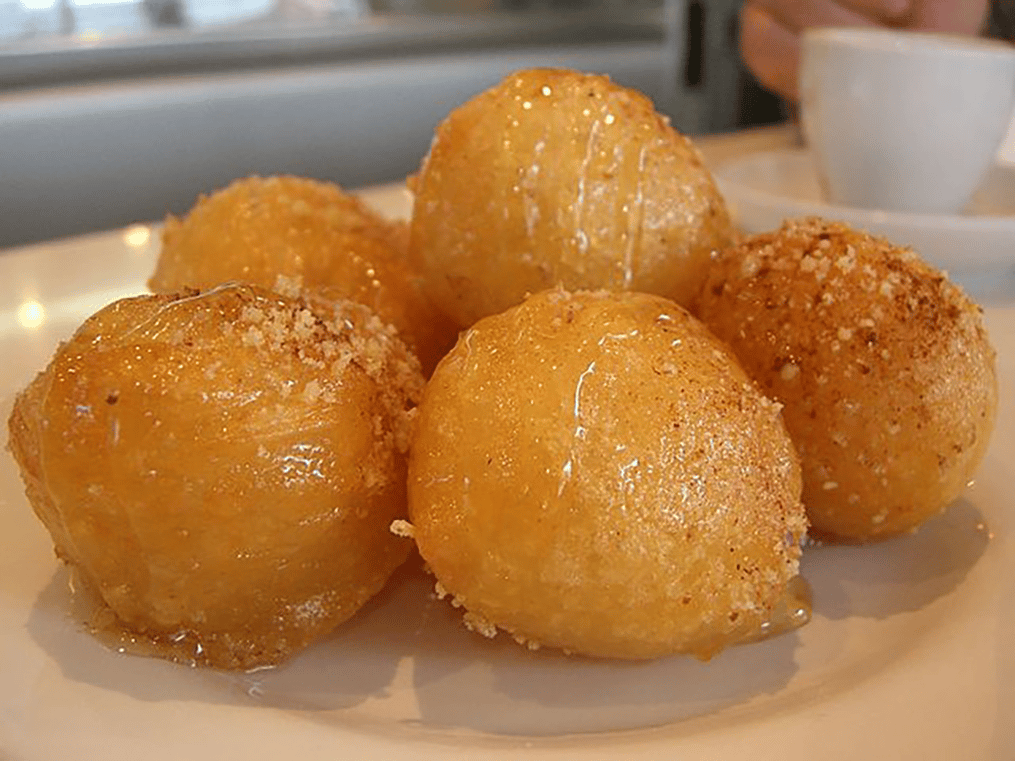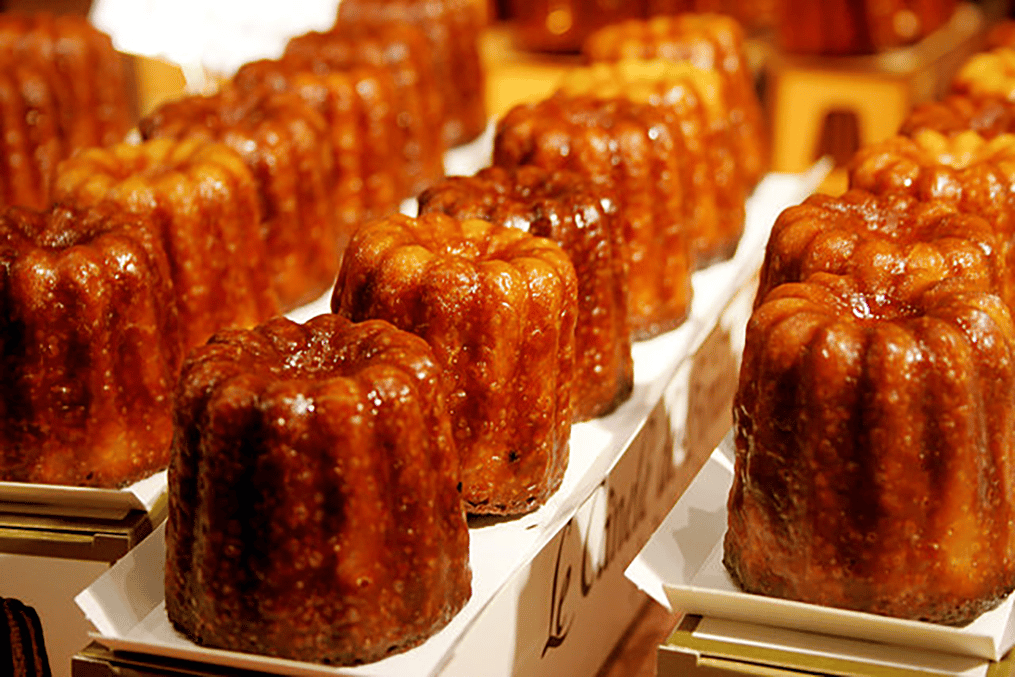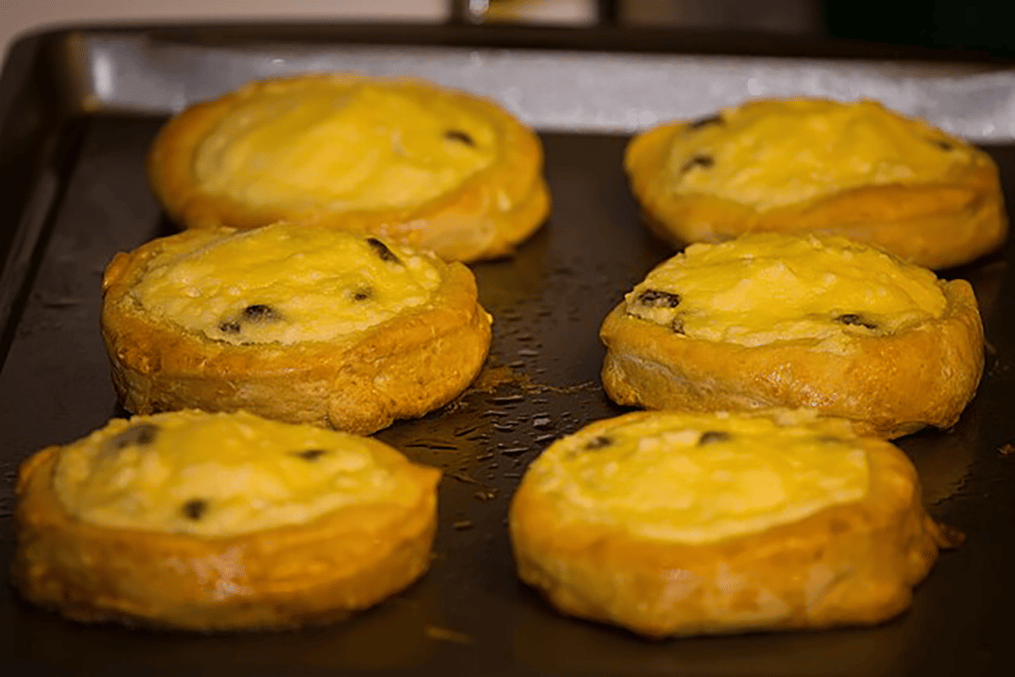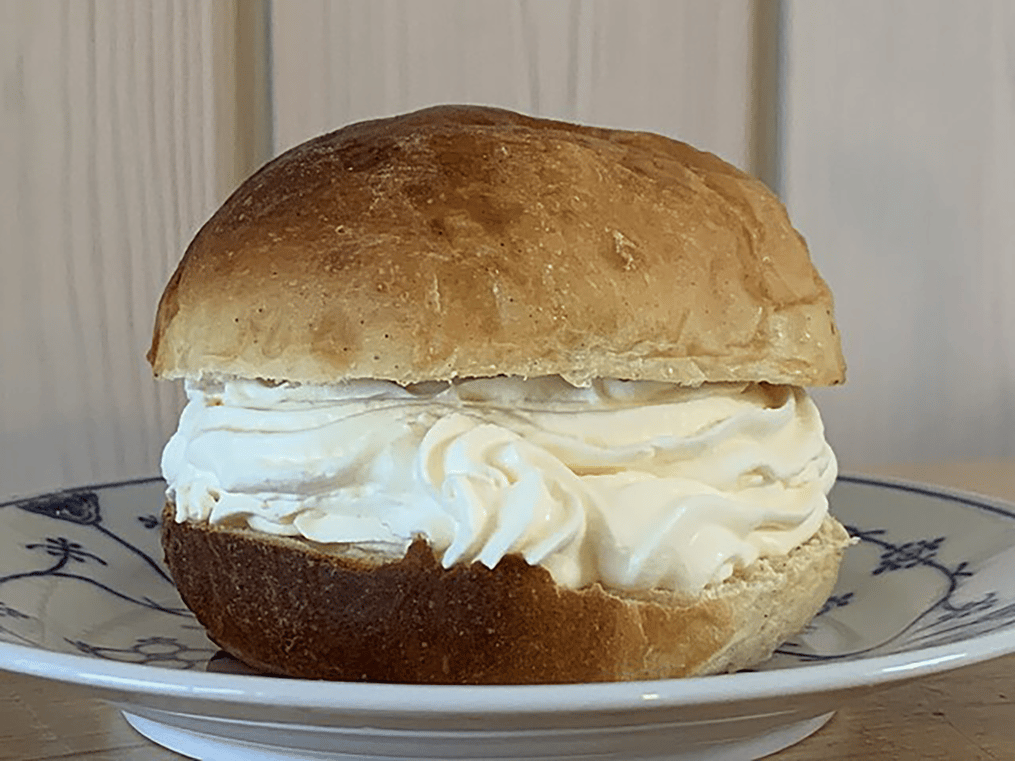Home![]() Articles
Articles![]() From French Canelés to -Greco-Turk Lokma, Some Sweet Pastries Around the World
From French Canelés to -Greco-Turk Lokma, Some Sweet Pastries Around the World
Pastries glazed with sugar syrup, dunked in it to pastries dry on the outside with filling insides, there are many varieties around the globe all cherished and symbolic of something

There are too many pastries that are sweet with or without fillings baked or fried and while their great ancestor might be the Mesopotamian civilization and Egypt, today there are many variations of them. From French sophisticated pastries to the more rustic versions in other European countries, here are some of the sweet fare.
1. Rugelach
It's Jewish pastry that is associated with the Ashkenazi Jews, that came from the Roman Empire, traditionally associated with Hanukkah. This pastry is made by shaping the dough into a triangle and rolling it around a filling that produces a crescent pastry. It also takes the form of strudel, a roll-like form that is sliced before baking. The fillings range from nuts, dry fruits to chunky fruit jams. The dough tends to have sour cream or cream cheese making it distinctively tangy, but that's always not the case.
2. Lokma

Also known as Loukoumades or Luqaimat among its various names, Lokma is turkeys version doughnuts, without the hole in the center, or rather doughnut holes. The origin is contested, but its thought to have Arabic roots, one of the oldest sweets, first made either by the Greeks or the Turks. A typical lokma is made with flour, sugar, yeast, and salt that is deep-fried and coated in syrup or honey. It is said that these were offered as tokens of refreshments to Grecian Olympics winners as a treat and these days they are typically sold on streetsides by sweetmeat sellers. The Arabic roots have weight in them for the name is derived from the Arabic “luqma” meaning bite-sized or mouthful, referring to the size of the little sweet balls.
3. Chouquette
Chouquettes are the light, pillowy pastry puffs that are made from famed French pâte à choux pastry puffs, decorated with crunchy pearls of sugar. These little morsels are basically profiterole shells masquerading as viennoiseries – Viennese-style baked goods you'll find in French bakeries. Traditionally devoured for breakfast or an afternoon snack (because who doesn't love a mid-day pastry pick-me-up?), chouquettes are best enjoyed fresh from the oven when they're still perfectly puffed, golden, and crisp. Pair them with a steaming cup of coffee or tea, and you've got yourself a little taste of heaven.
4. Faworki
Polish faworki are crispy, deep-fried pastries that'll remind you of angel wings, their name also translates to grace or favour, derived from the French word “faveur”. They are light, airy, and made with a rich, elastic dough of egg yolks, flour, and cream (plus a secret blend of flavorings). The dough is rolled thin, twisted into decorative bows, and fried till golden, the result is a crispy, sugary delight. Traditionally these are whipped up for special occasions and savored on Fat Thursday as a last indulgence before the carnival season wraps up for good.
5. Canelé

With its rich, custardy interior and thin, caramelized outer shell, canelé hails from Bordeaux, France. Legend has it, the canelé was born in a convent where some nuns were whipping up candied nuts and sweet sticks called canelets (which they generously shared with the poor). When the nuns left in 1790, the recipe was rediscovered and revamped by Bordeaux's talented bakers in 1830. These days, the canelé is an icon of Bordeaux, but you can also find it gracing the shelves of fancy Parisian pastry shops.
6. Vatrushka

A ring-shaped Russian pastry, Vatrushka is has a flaky pastry enveloping a sweet, creamy cheese filling, often topped with plump raisins or other fruity gems (though fruit jams and savory meat fillings are also common). The name might sound fancy, but its quite rustic – it comes from the Romanian word for “bread baked over a fire”, a nod to its traditional preparation in wood-fired ovens across Russian villages. These days, you'll find vatrushki gracing bakeries and stores all over Russia, Ukraine, and Belarus.
7. Vanilla slice
An Australian specialty, vanilla slice is similar to the French Mille-feuille, and has a funny nickname, it's called snot block. This sweet pastry has a thick, velvety vanilla custard sandwiched between layers of flaky puff or phyllo pastry, all topped off with a glaze of vanilla, raspberry, strawberry, chocolate, or passion fruit. Once assembled, these pastries are sliced and ready to be devoured and in fact, they're so popular in Australia that bakers compete annually for the title of Best Vanilla Slice in the Great Australian Triumph.
8. Semla

Semla is a Swedish cardamom-infused wheat bun split in half and generously stuffed with almond paste and a cloud of vanilla-scented whipped cream. It is finished with a dusting of powdered sugar, that is usually devoured on Fat Tuesday, just before Lent, but these days you will find them year round and it's a countrywide obsession. Nowadays, you'll find them gracing Swedish bakeries from Christmas straight through to the end of Lent. The traditional way to savour a semla? Eat the top first, using it as a scoop for that delicious cream filling. But for a real taste of history, try the hetvägg – where the semla soaked in warm milk.























